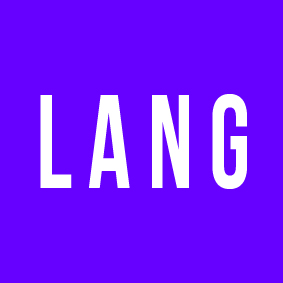
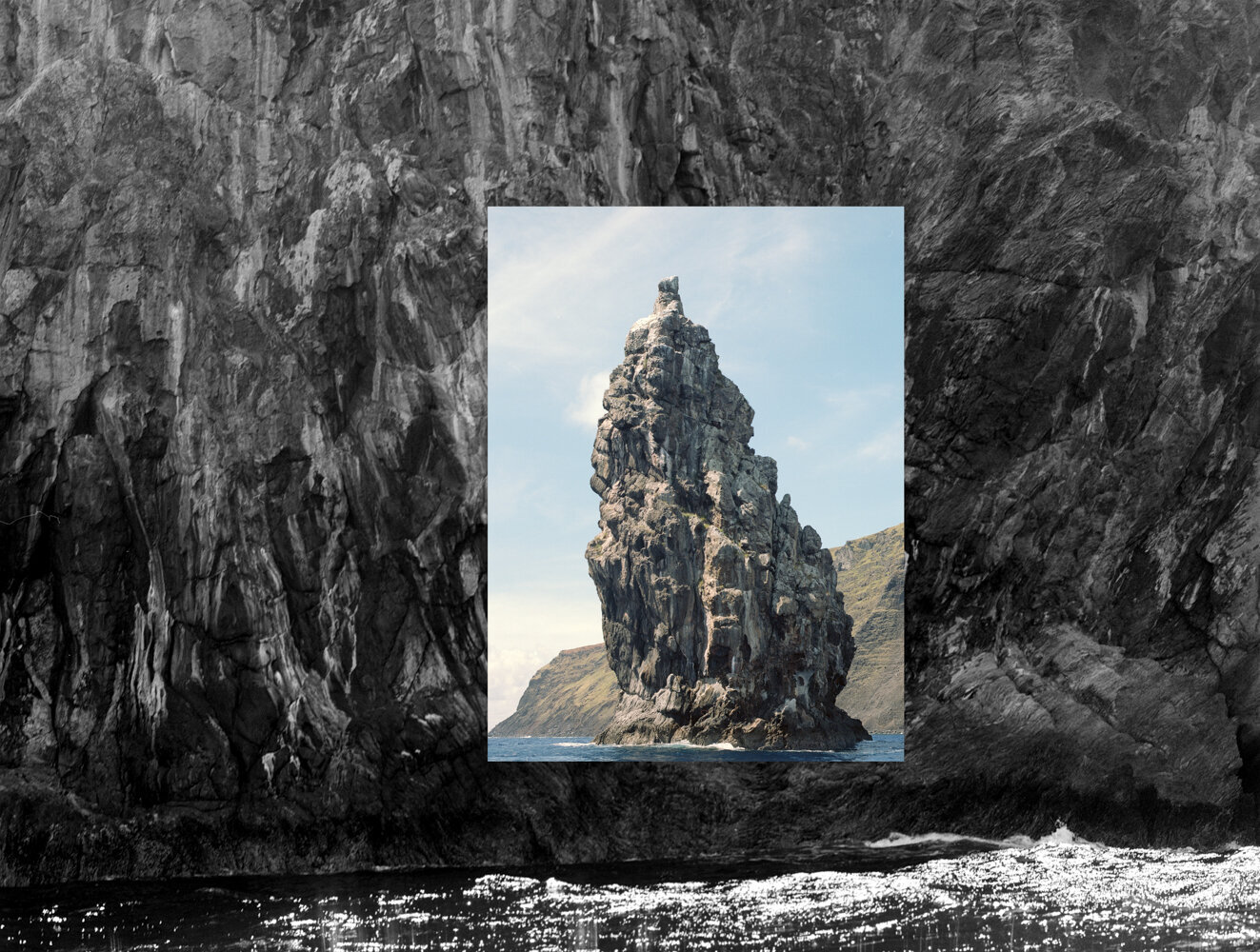
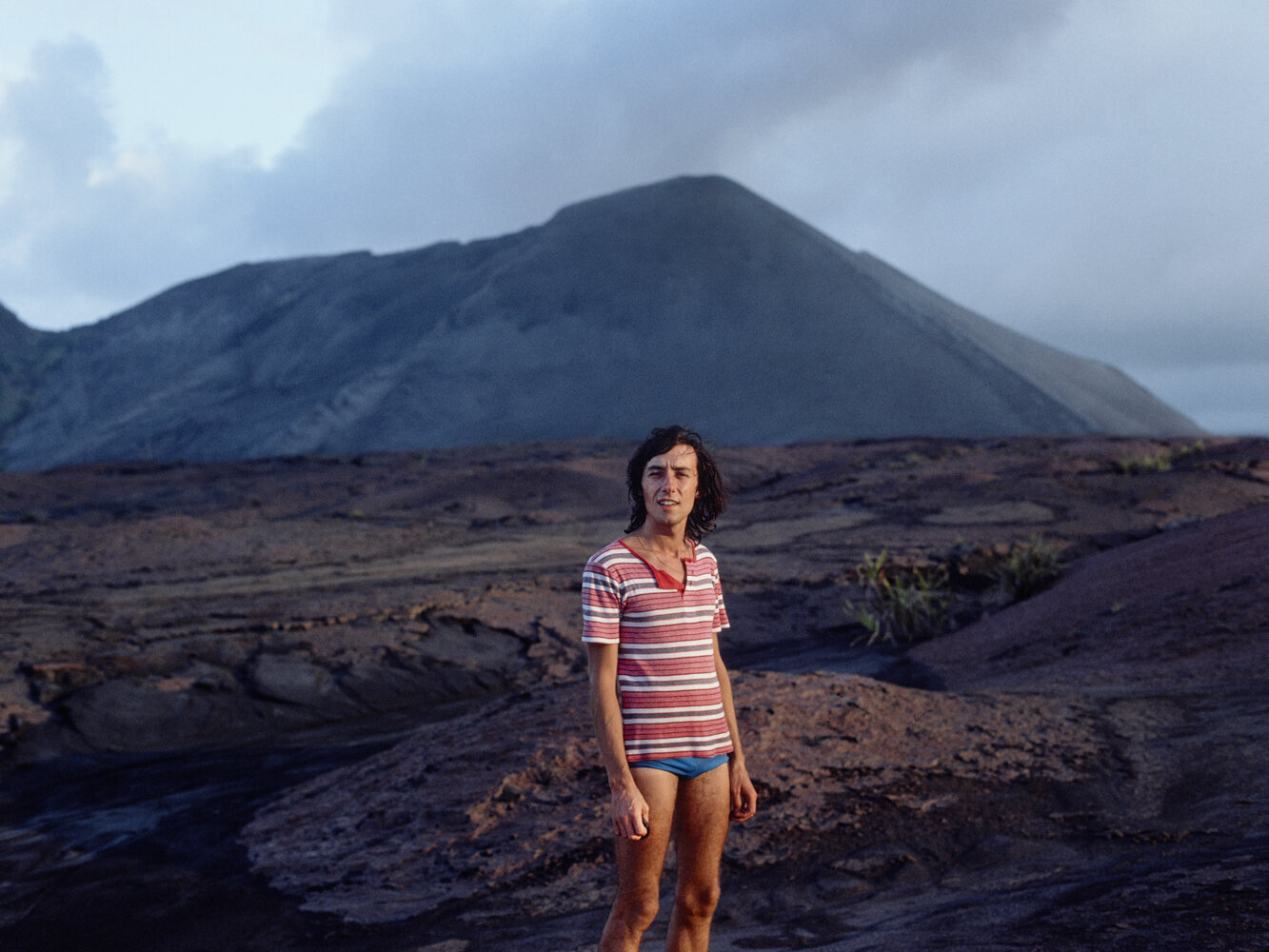
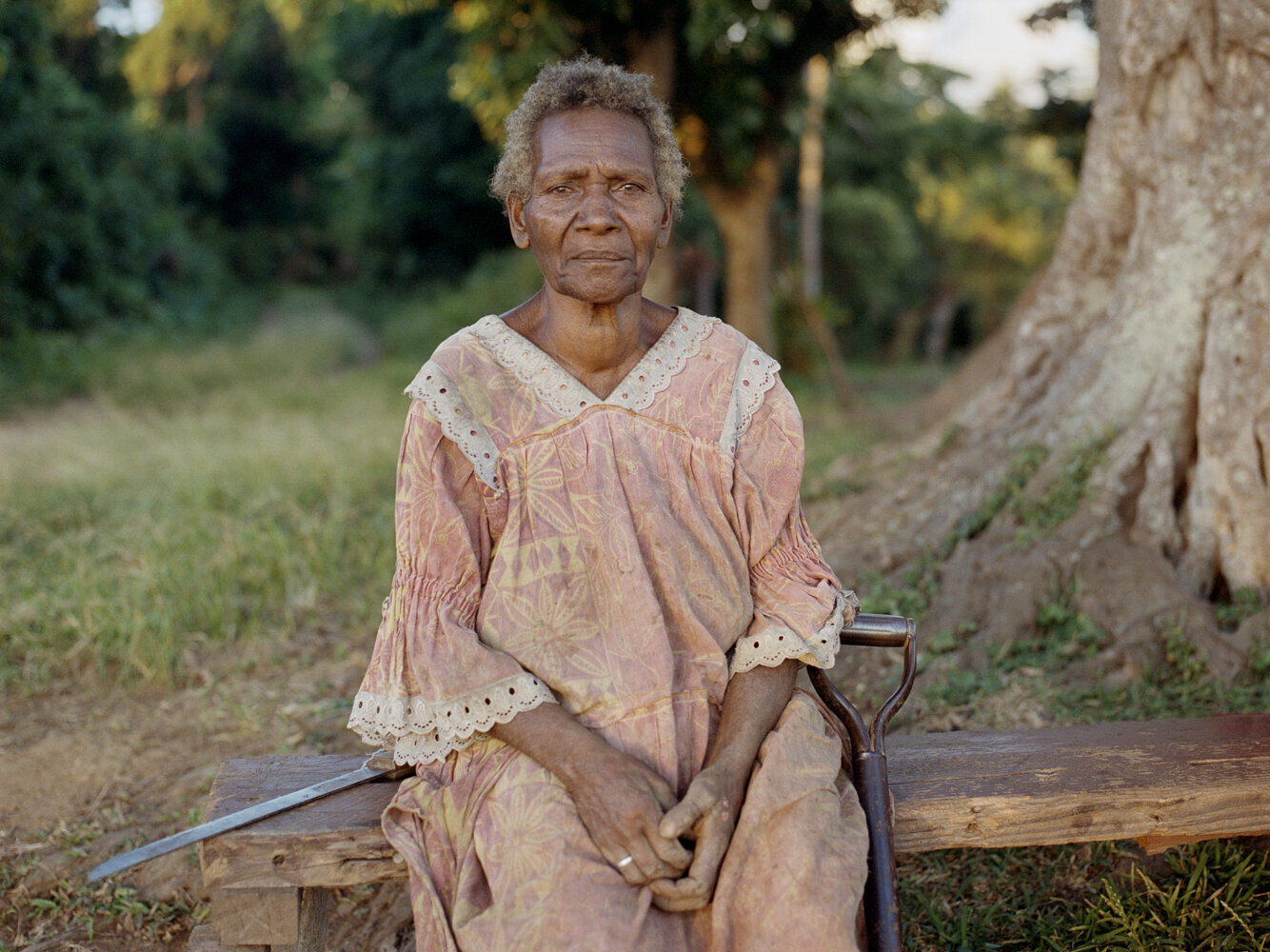
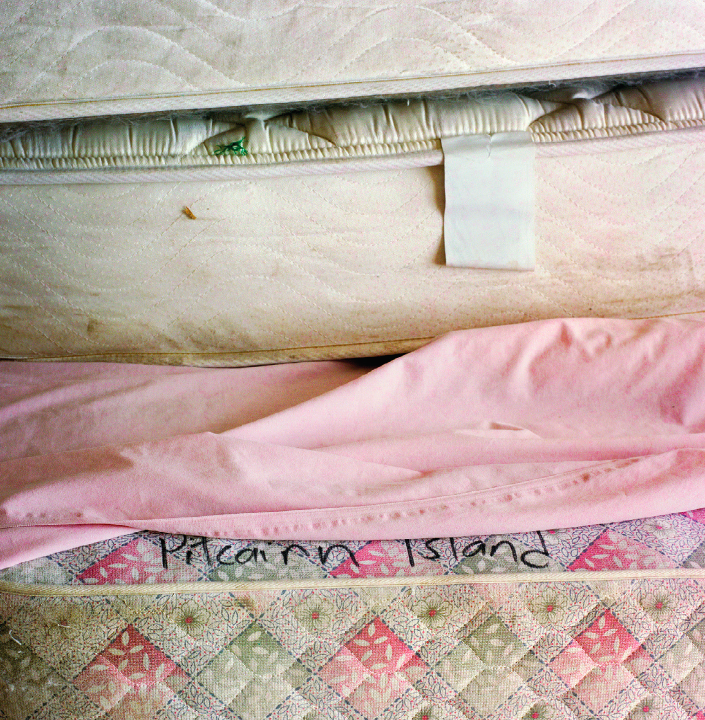


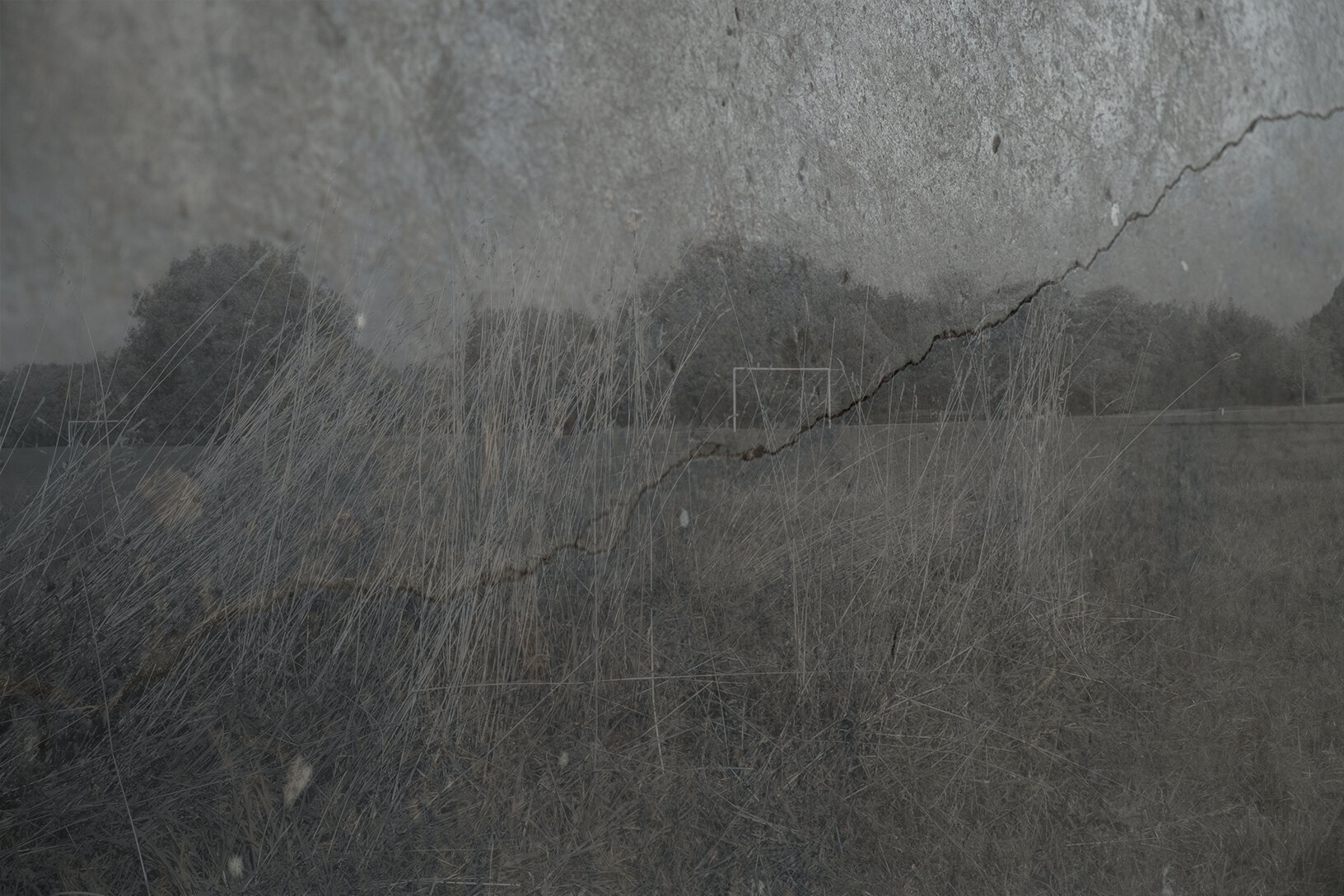
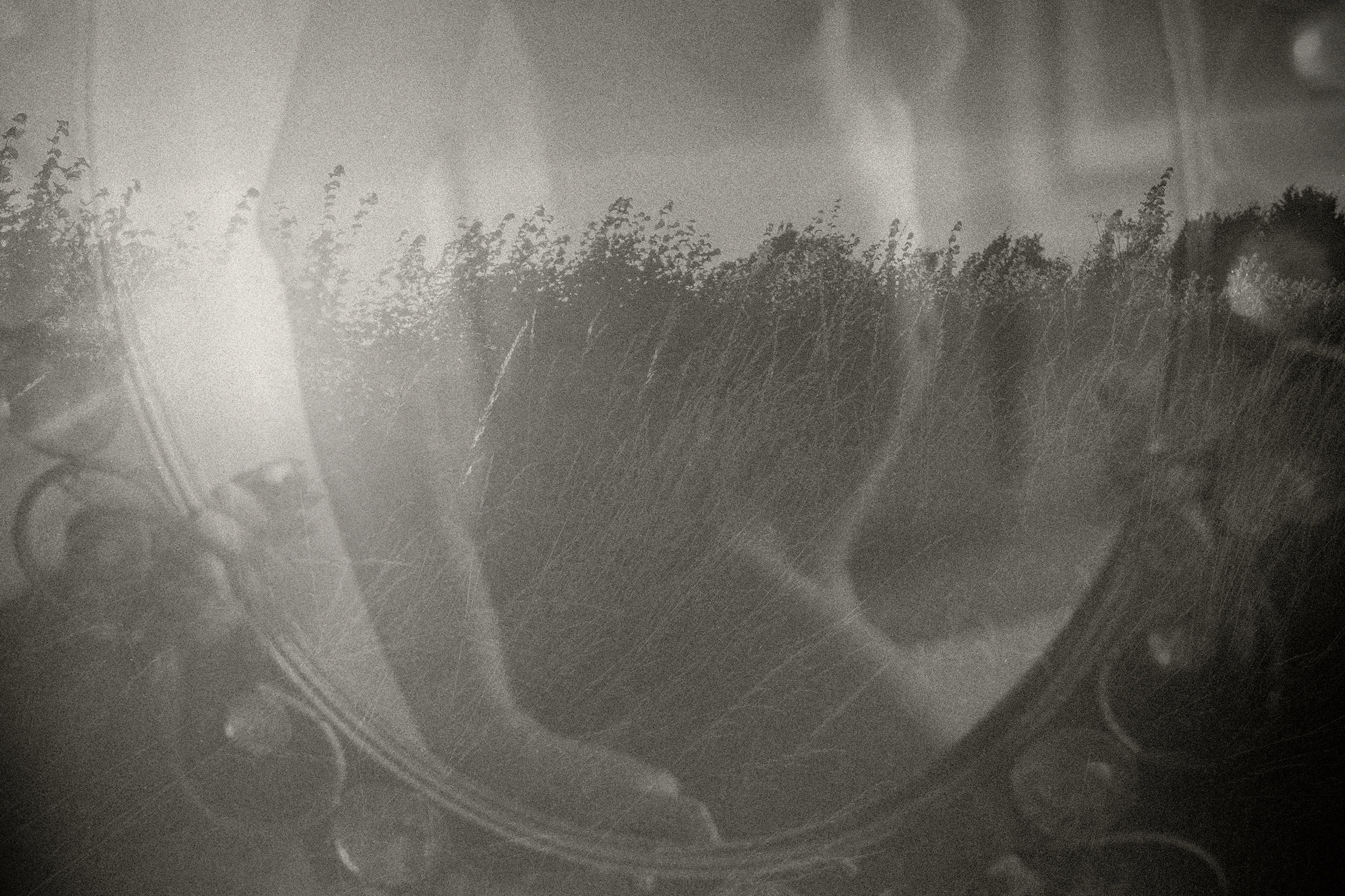
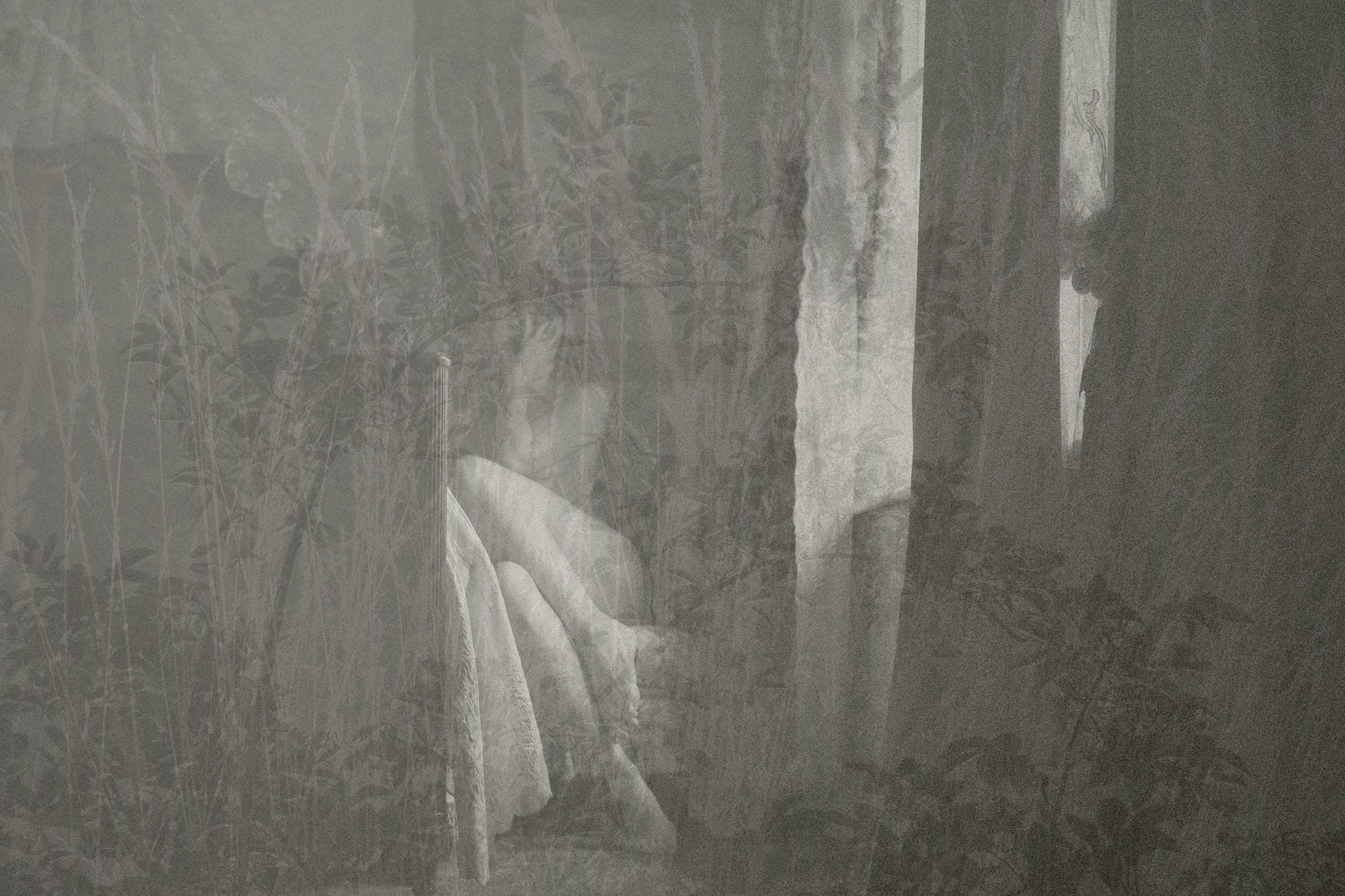
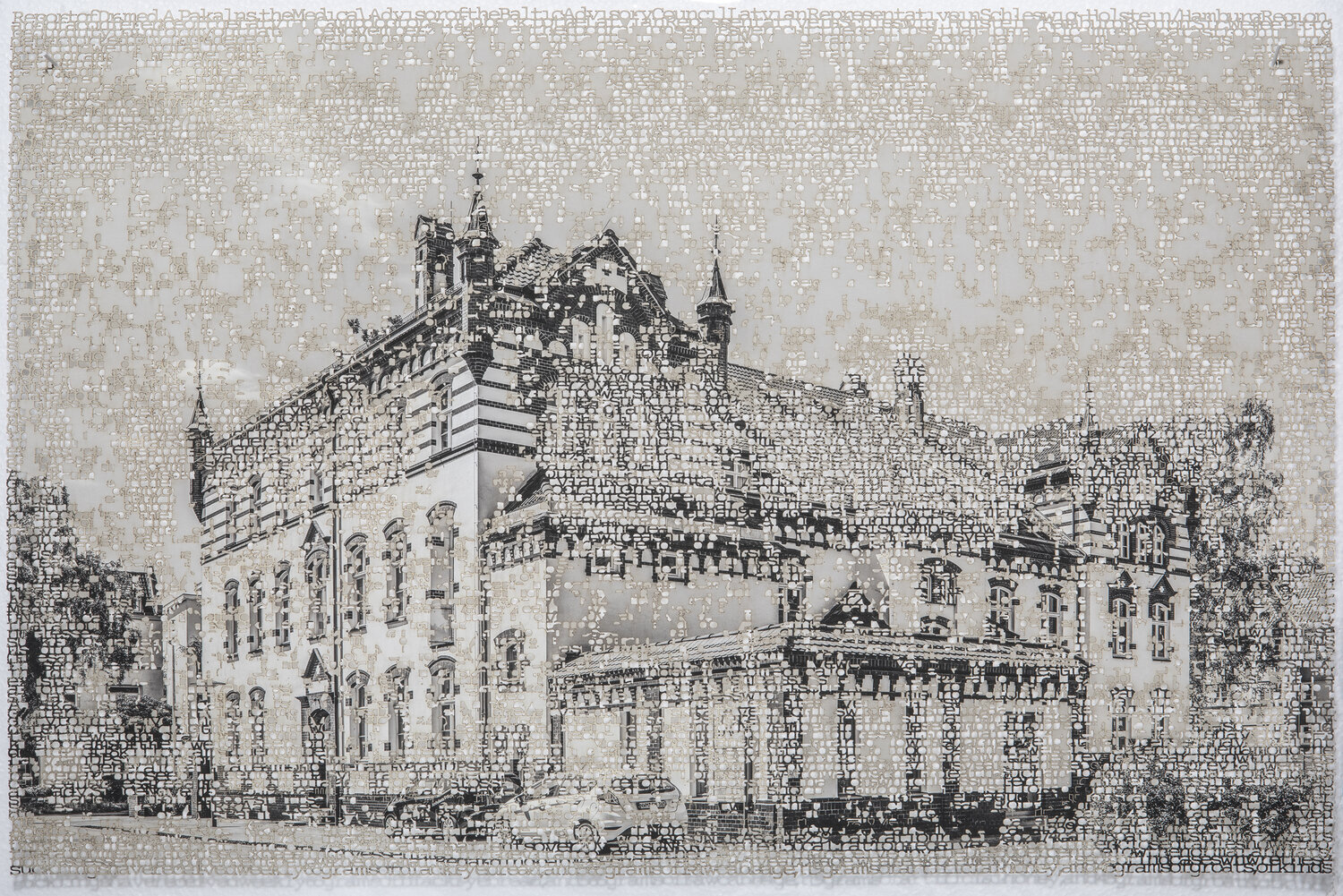
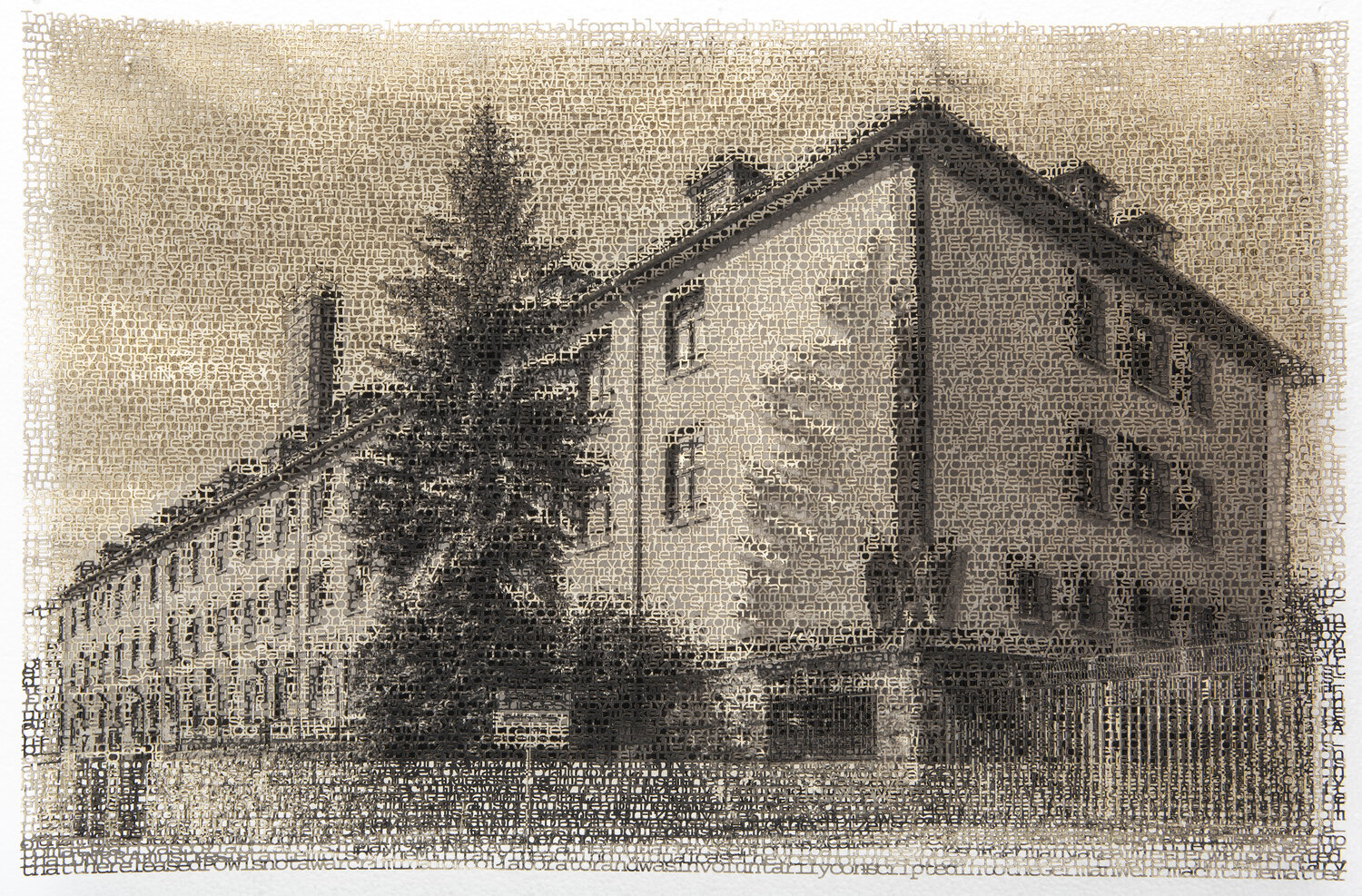
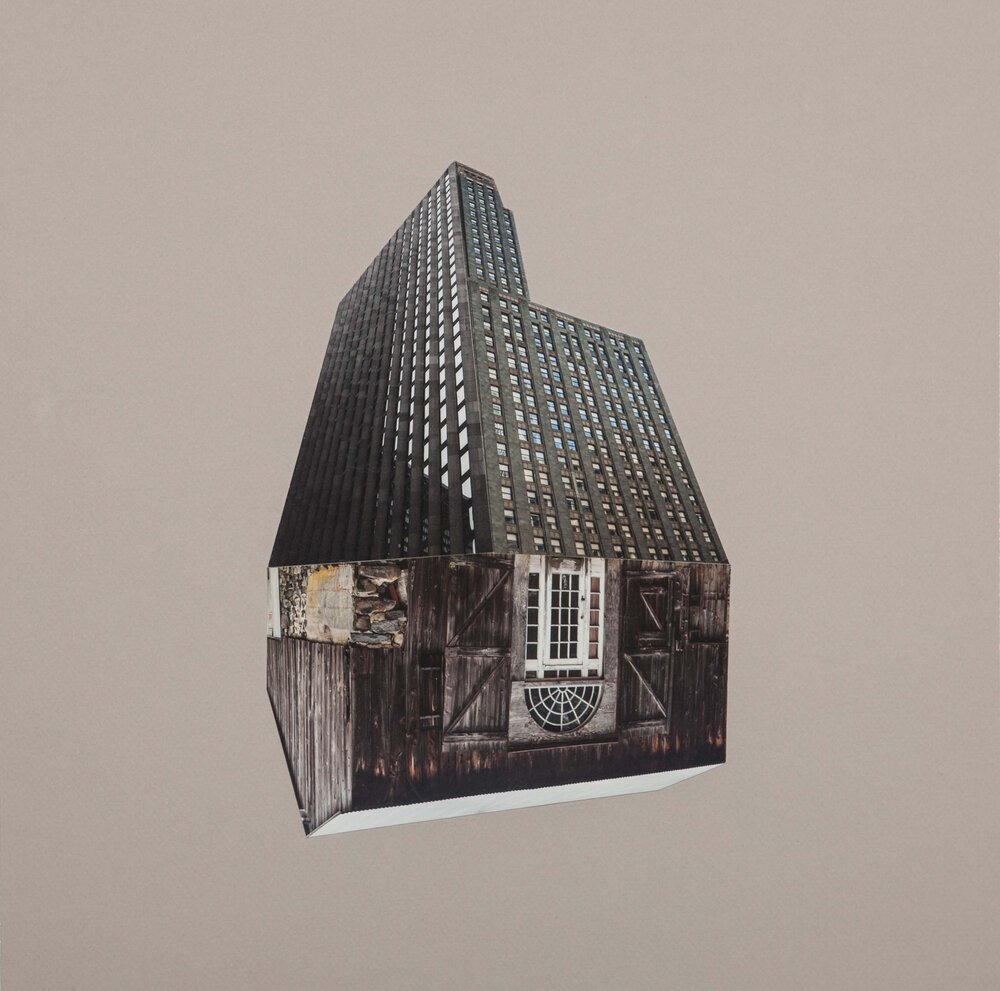

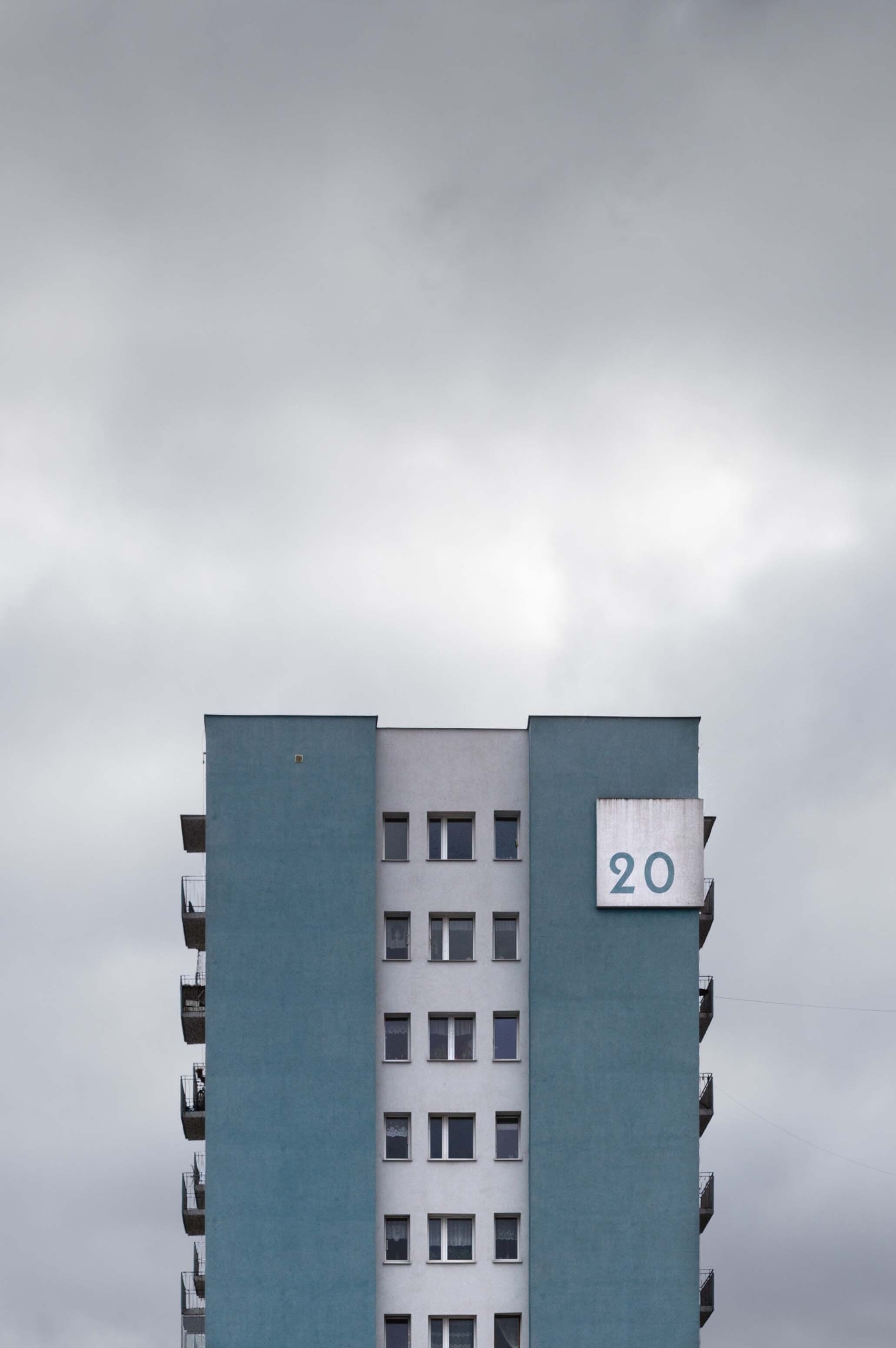
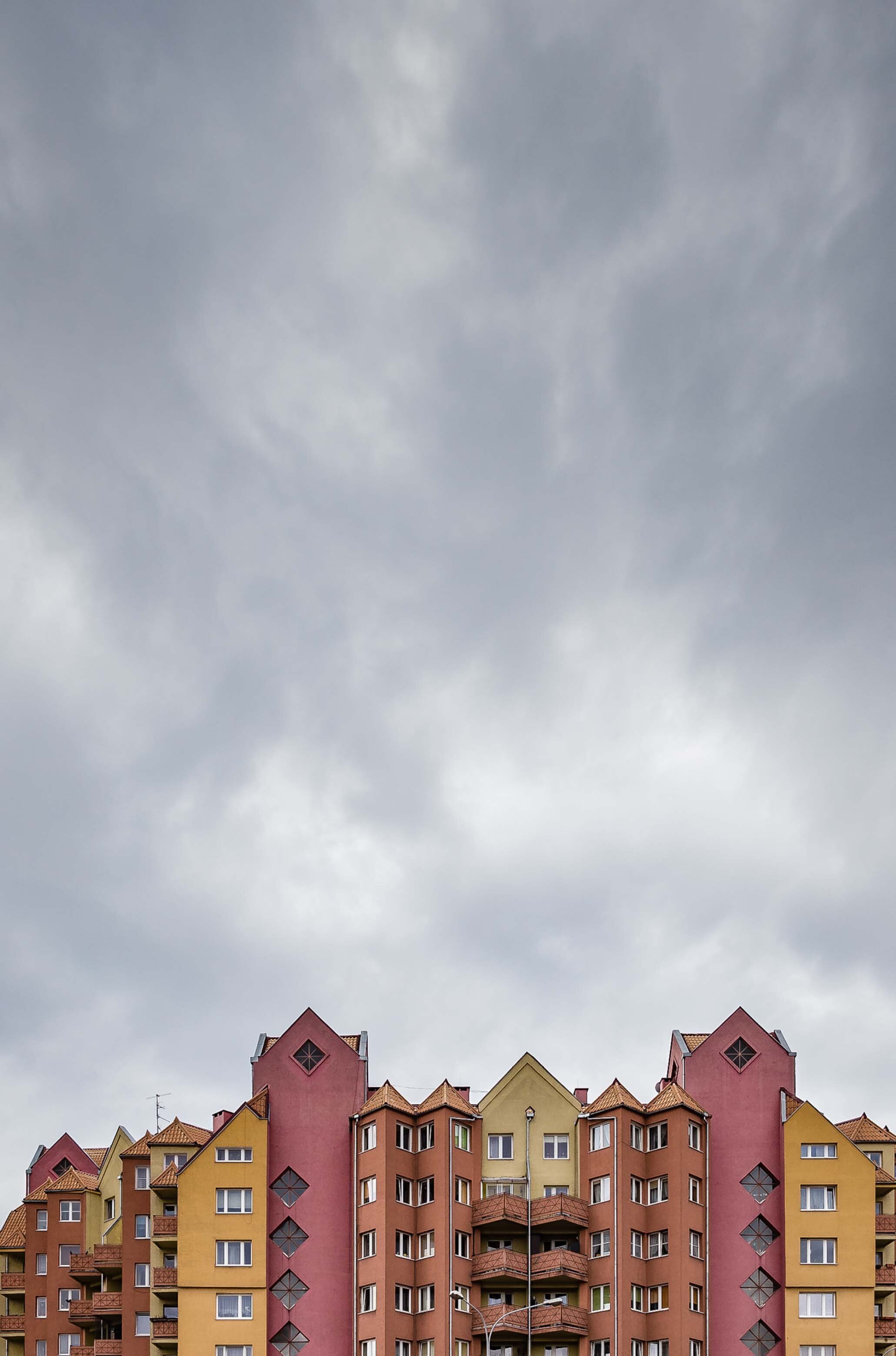
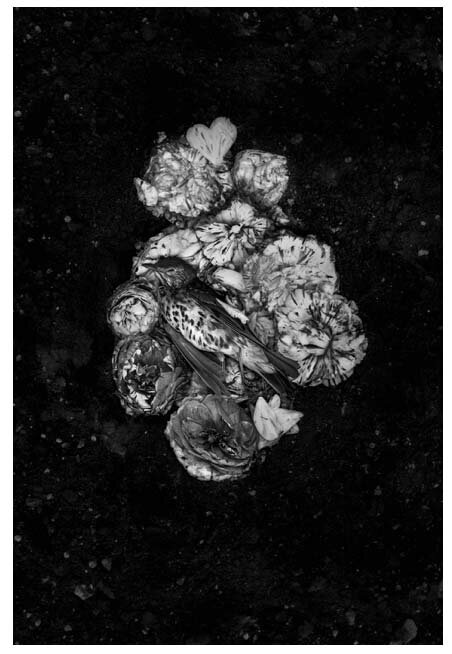
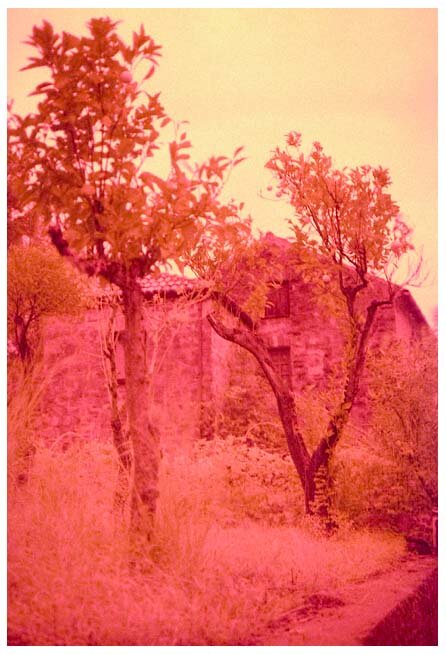
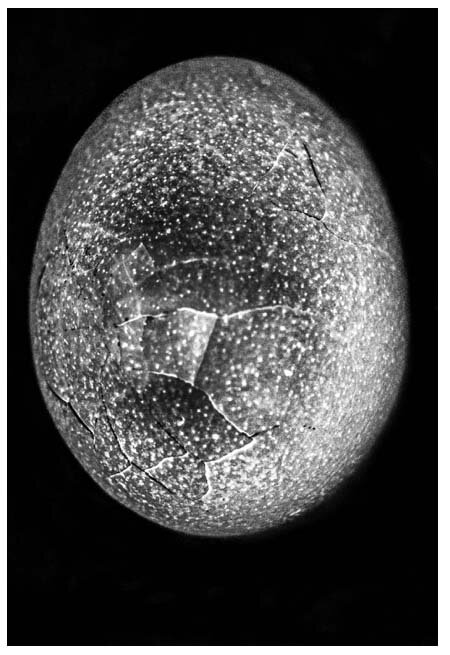
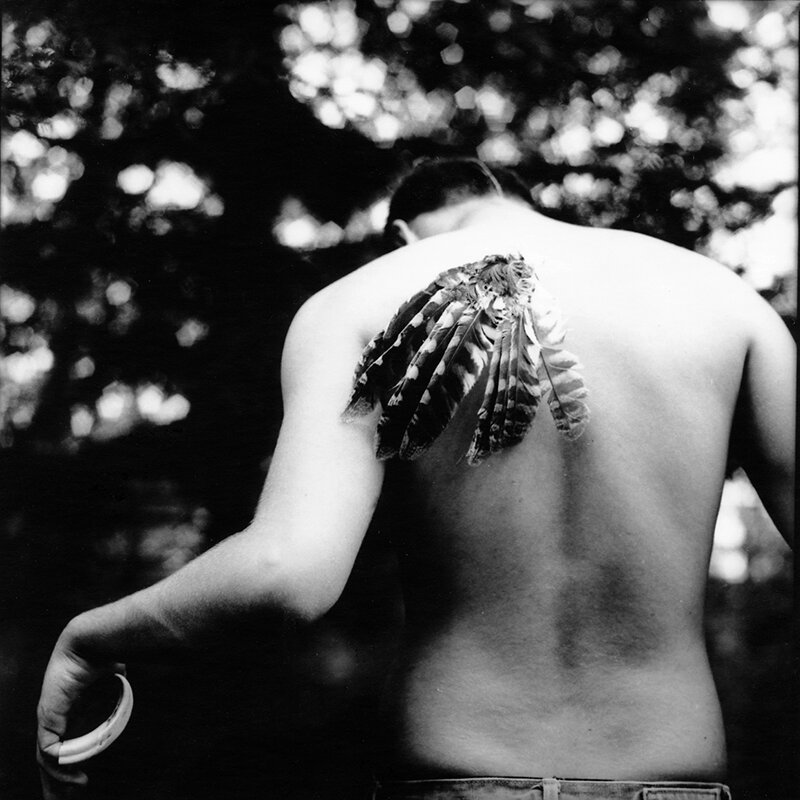
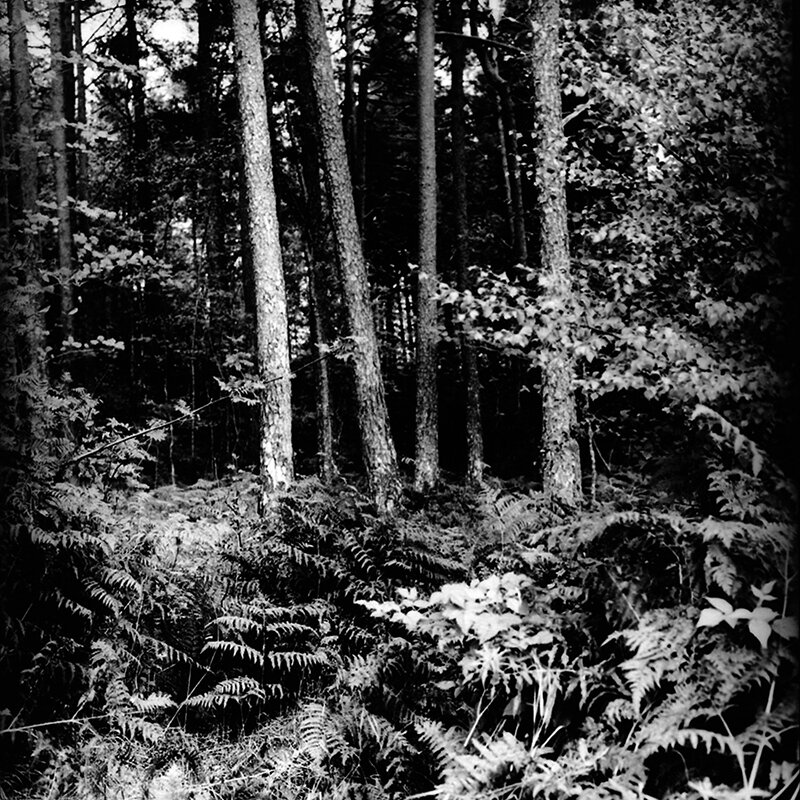
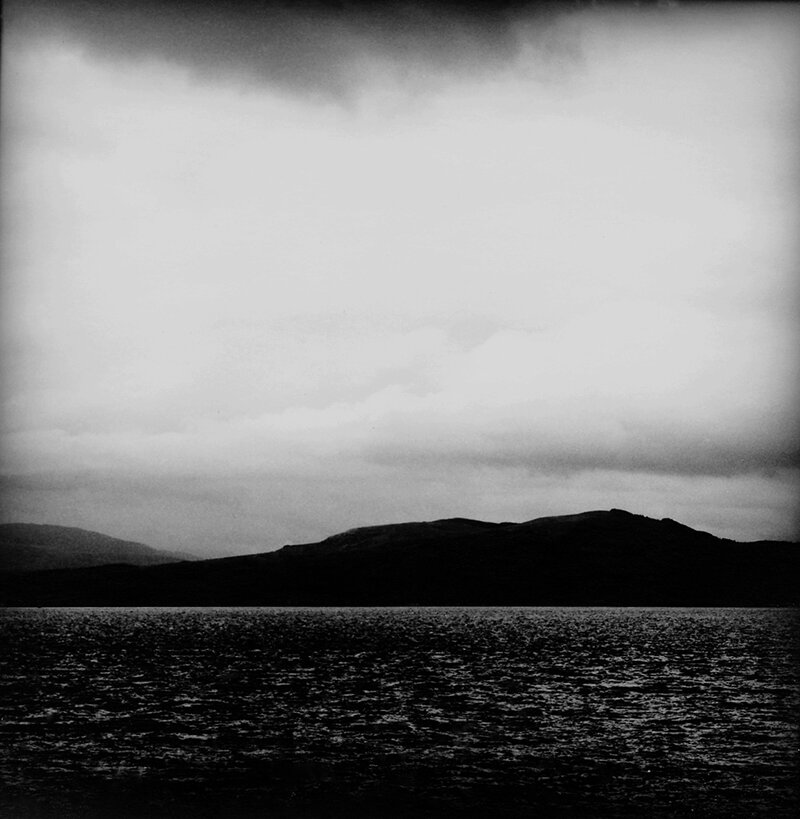

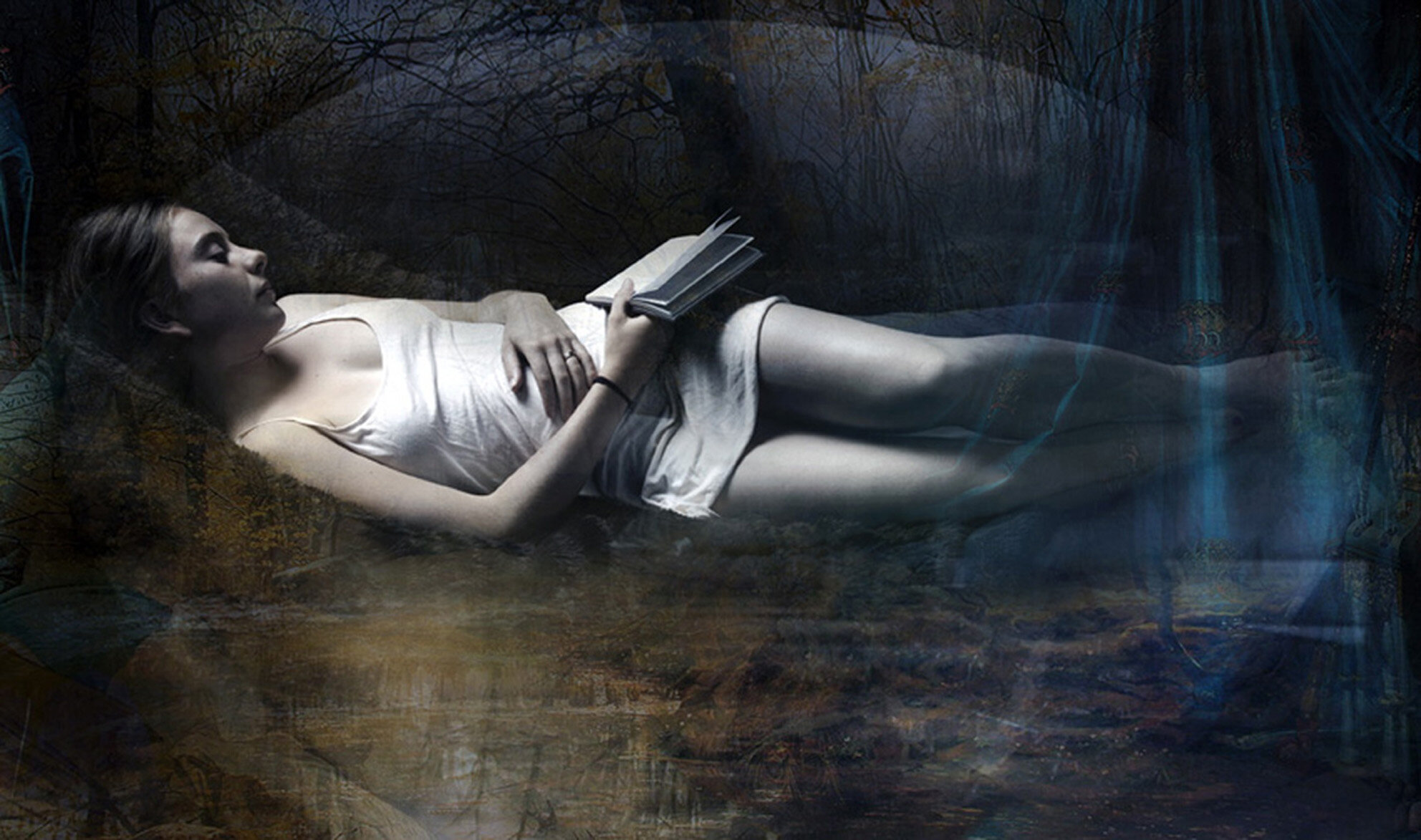
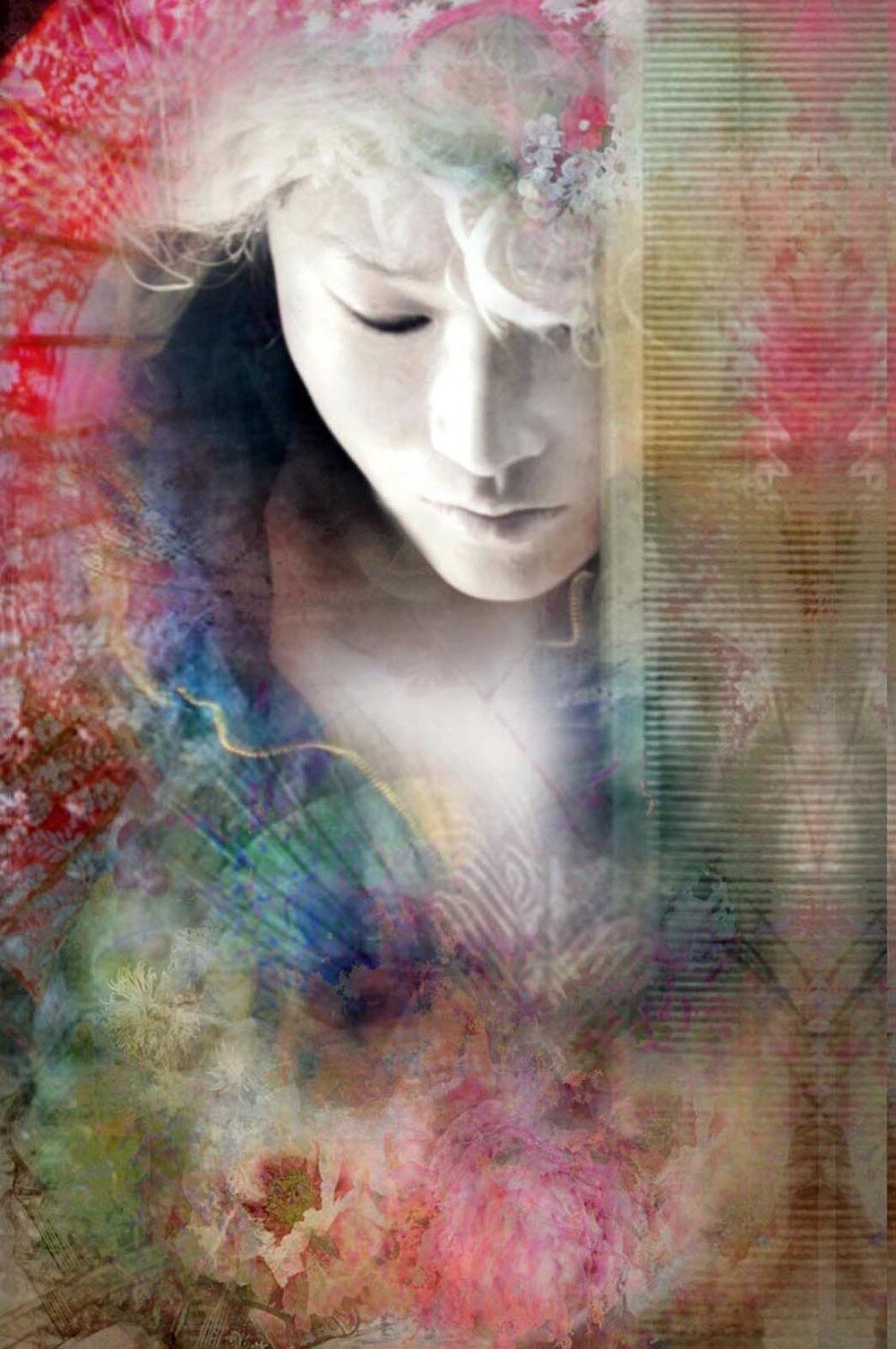
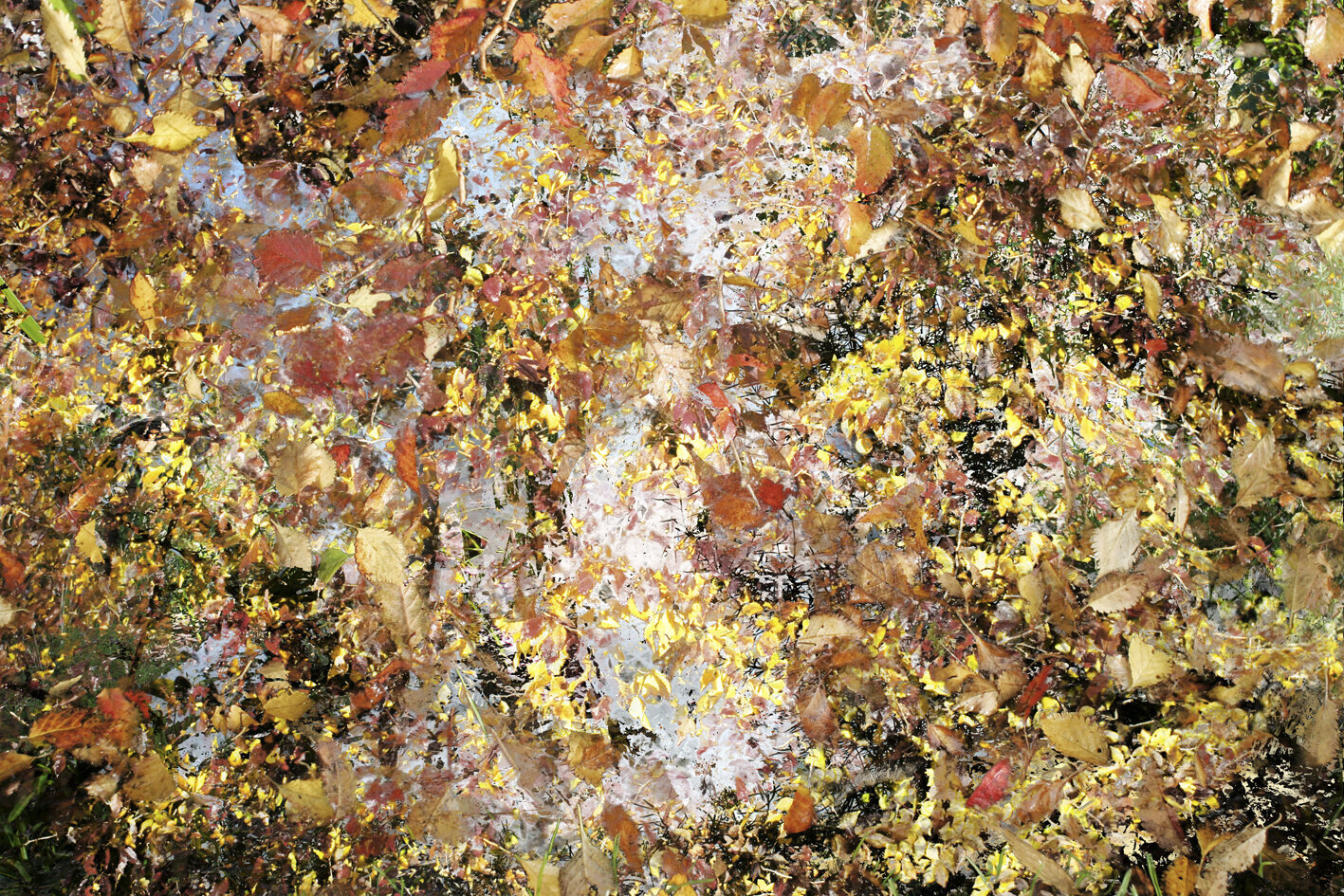
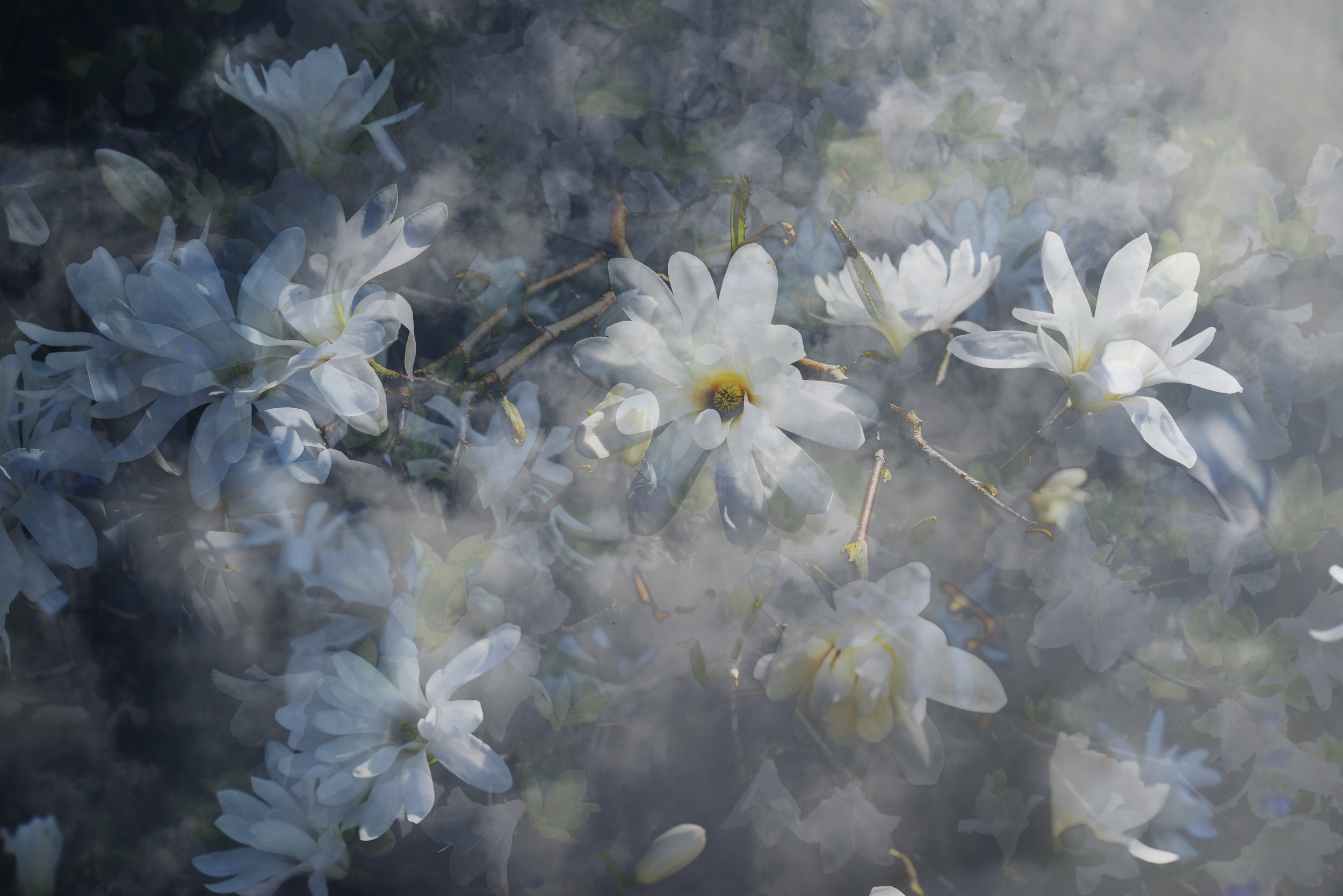
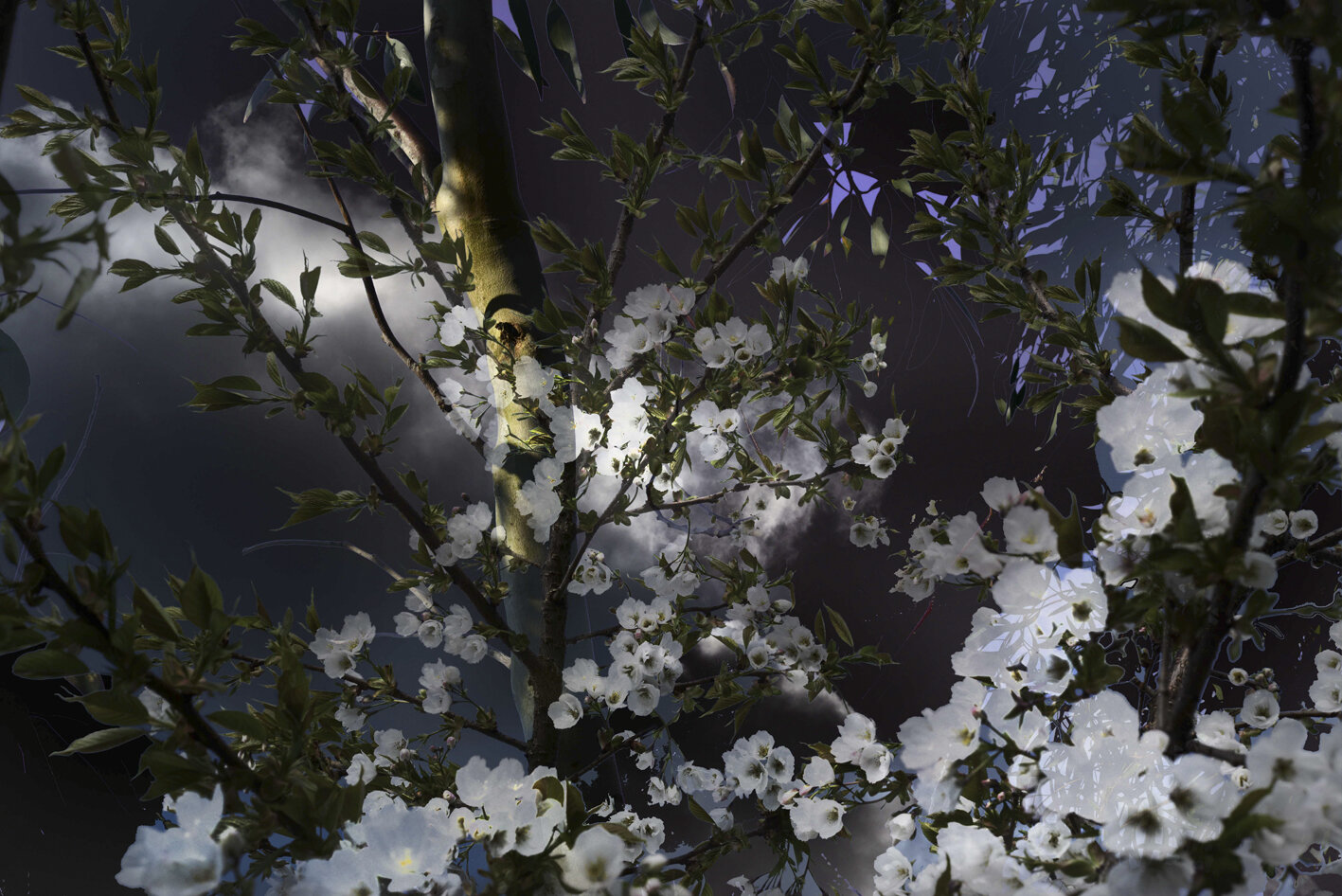
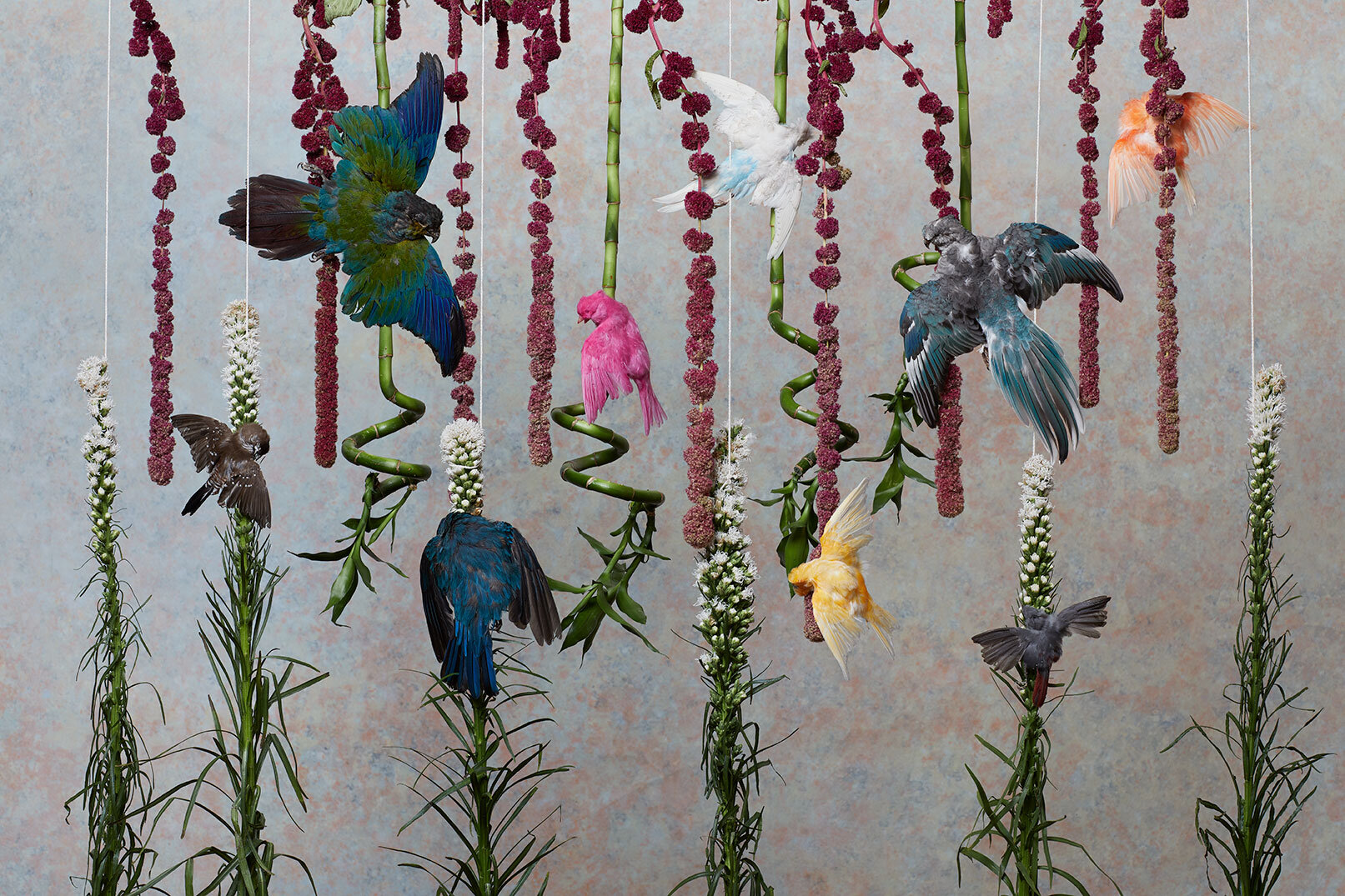
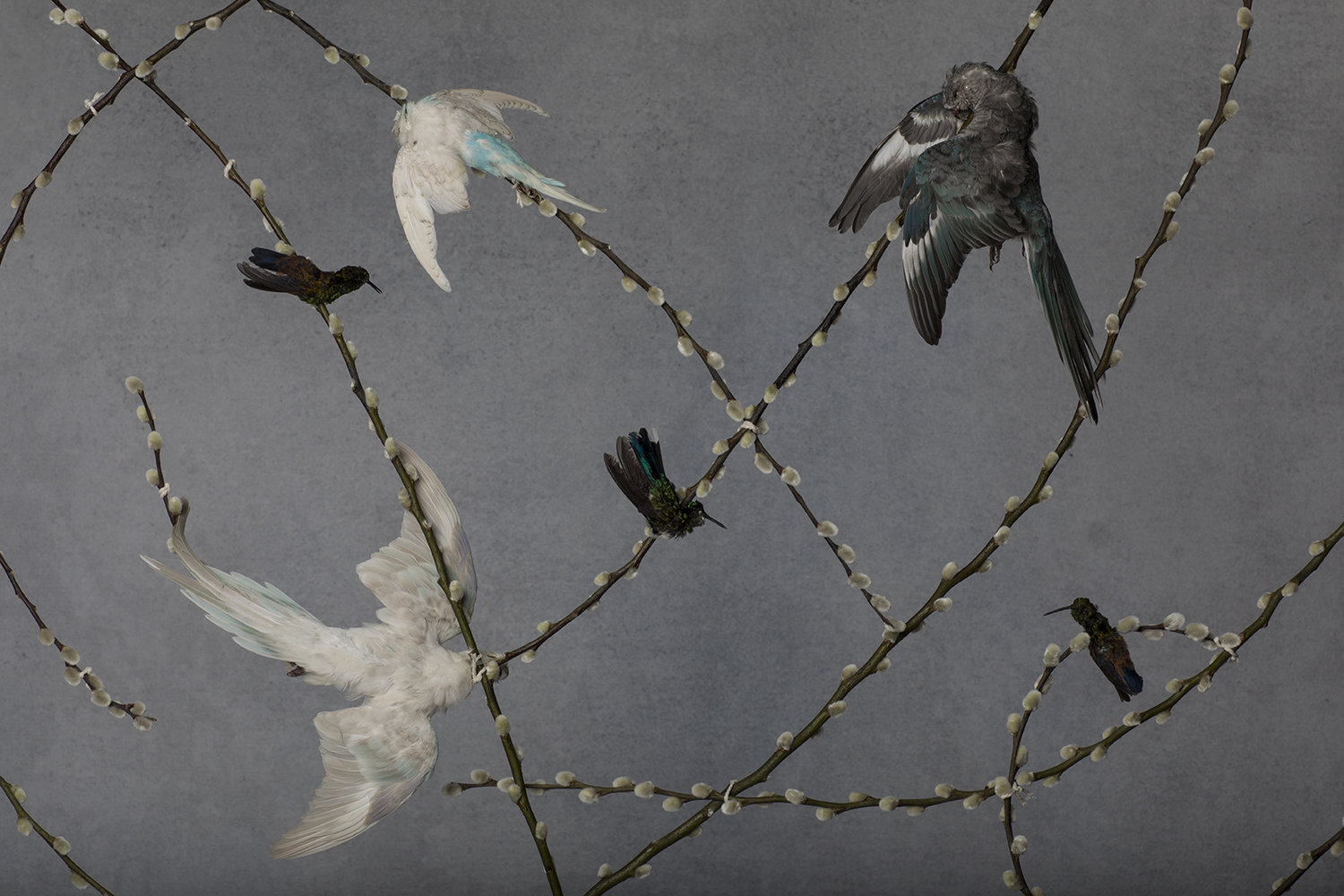
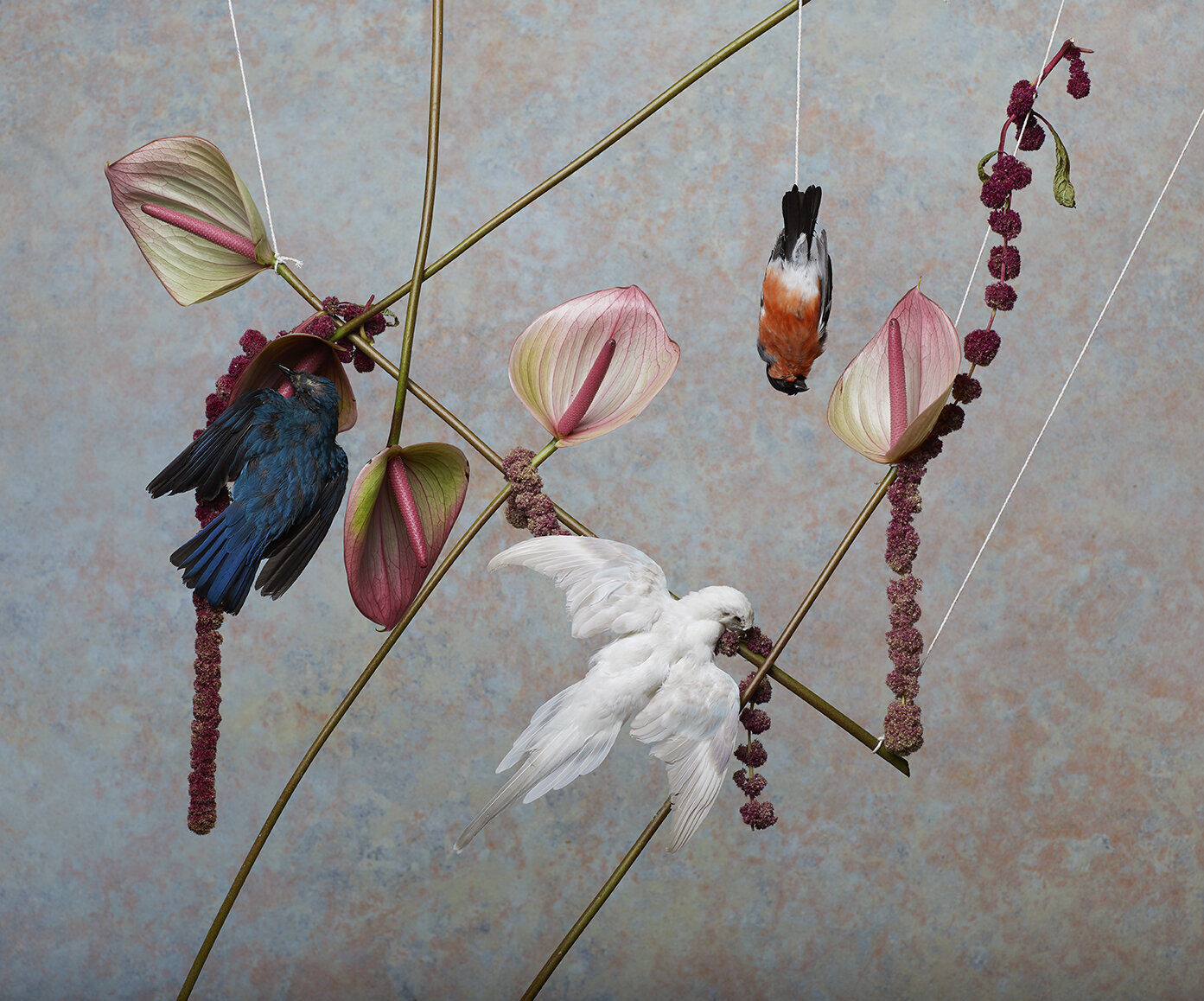
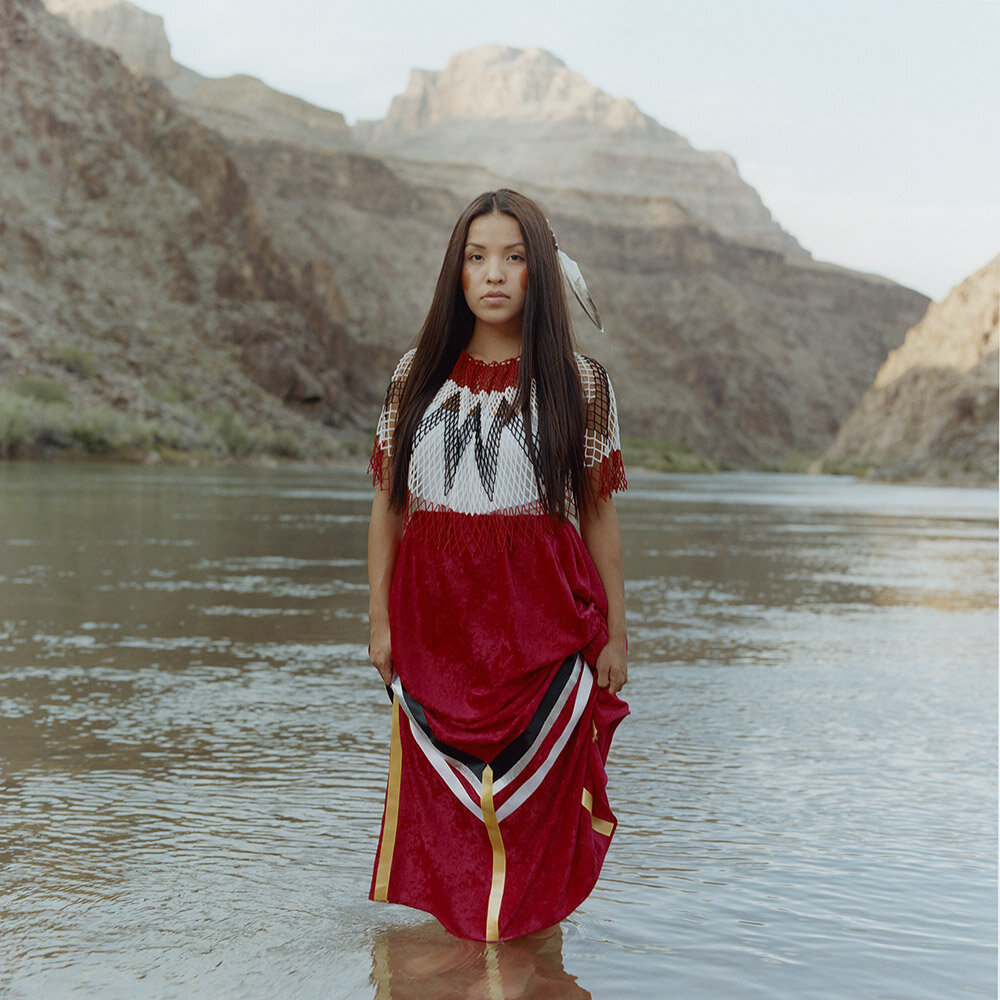
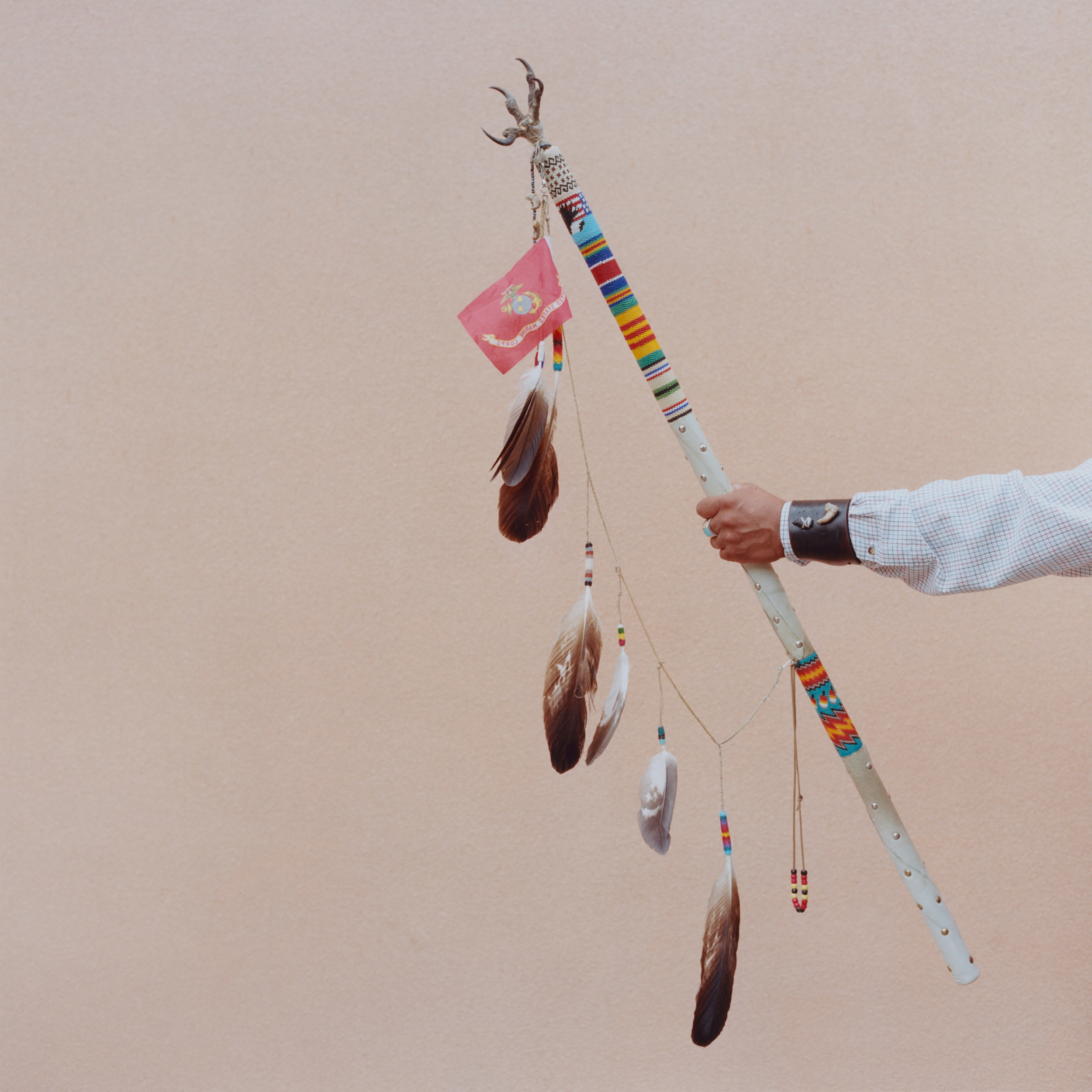
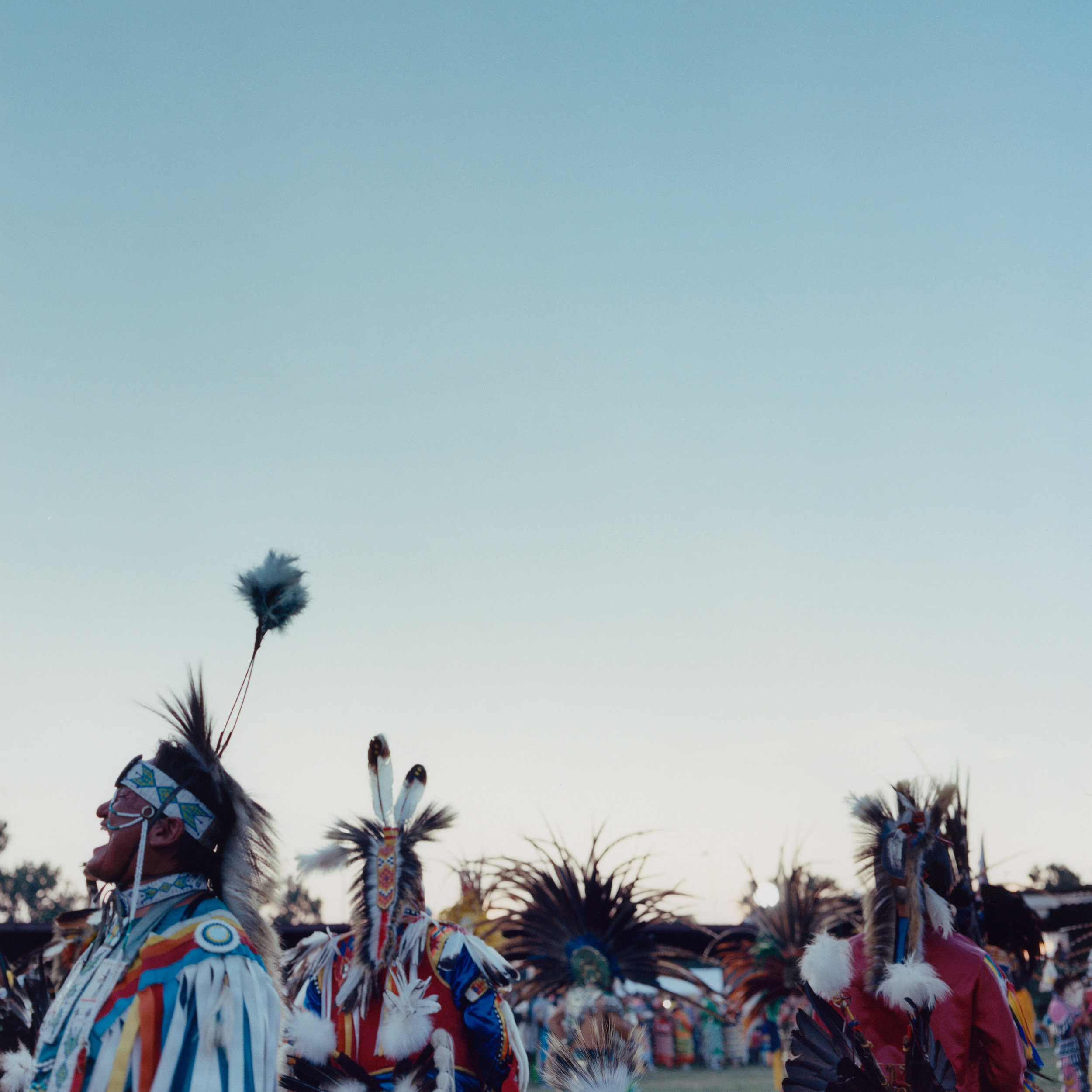
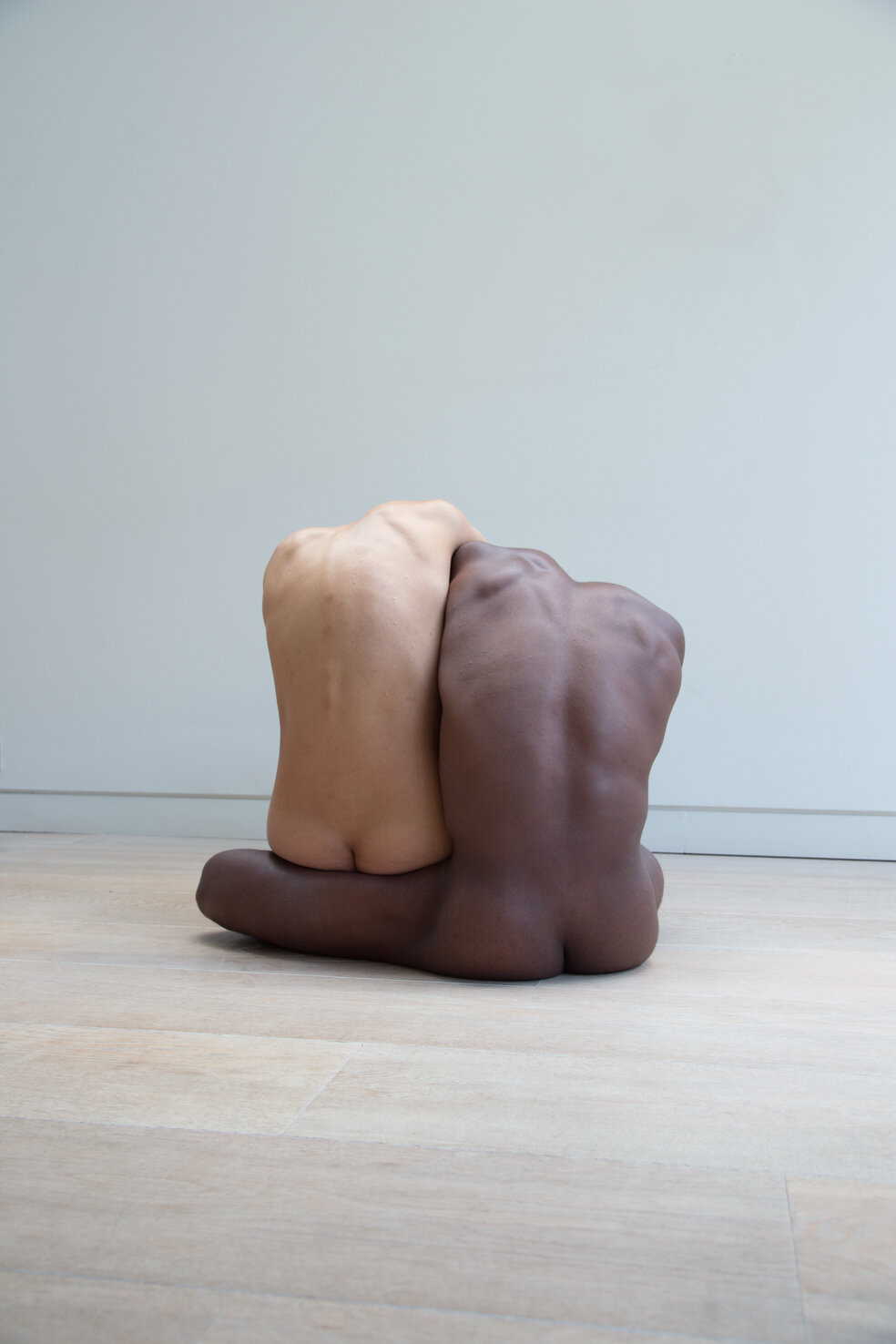
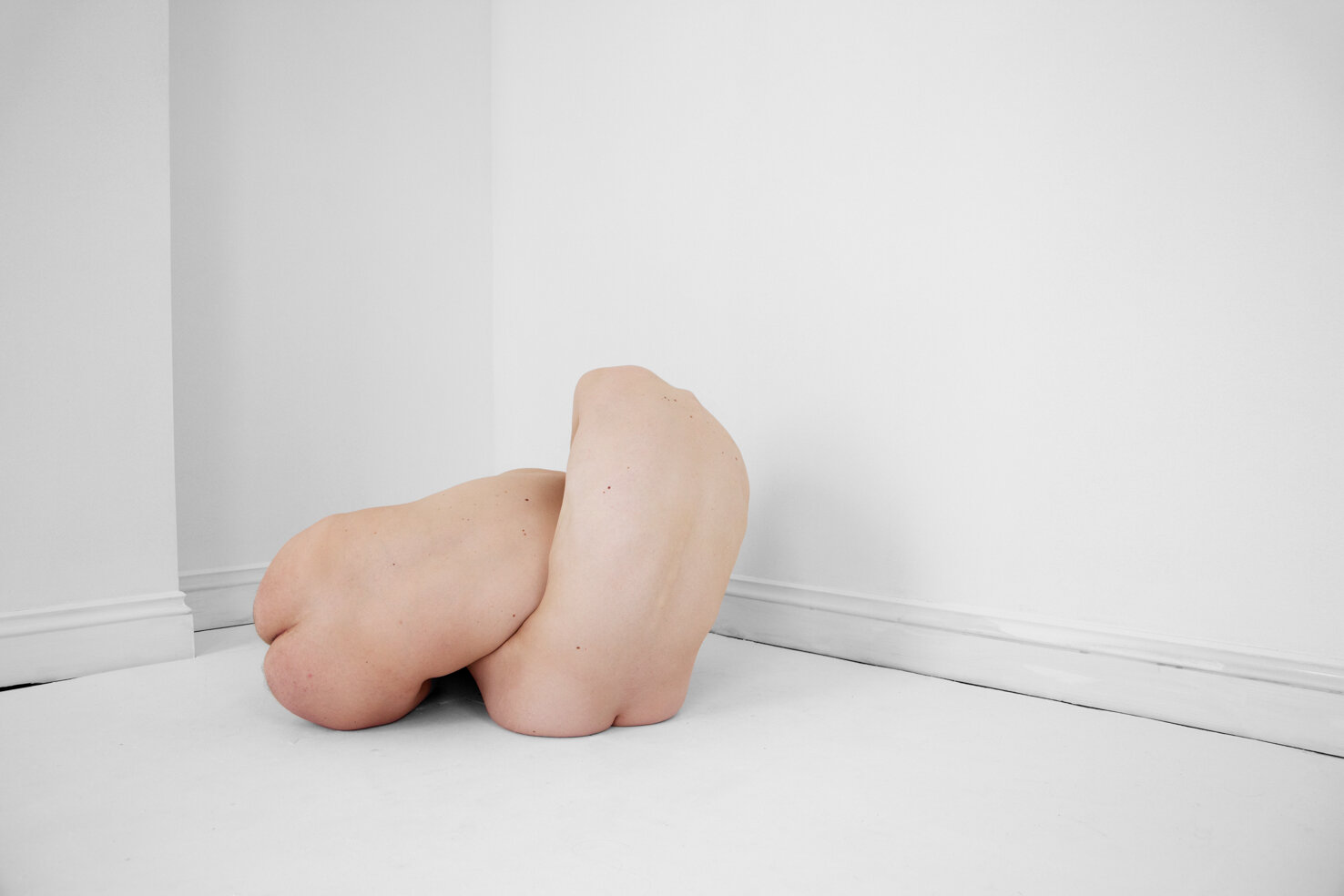

To celebrate International Women's Day 2020 LANG strides confidently forward into a new decade continuing its commitment to supporting women artists. We are delighted to have welcomed two new artists to the fold this year. The first of which is Camille Mazier based in Paris with her intimate work. I Will Be As Strong As A Moai featured here, takes you on a voyage to the South Pacific where she retraces her father’s memory. Combining his archival images with her own their connection to each other following his passing is palpable.
Voyaging through murkier depths Rhiannon Adam digs deeps into the pain and legacy of the infamous island of Pitcairn. Big Fence/ Pitcairn Island documents her investigation into the aftermath of the sexual abuse scandal of 2004 is epic, intimate and extraordinarily brave.
Another artist tracing her own personal history is Zaklina Anderson whose layered delicate imagery explore the ghosts and memories of war. The traces of deep trauma are immersed within scenes from everyday life searching for identities of both past and present.
Our second new artist Krista Svalbonas explores traces of the history of refugee housing in post war Europe in her series Displacement. The buildings are rendered through laser cut texts taken from plea letters written by refugees to governments in other parts of the world. The two elements are intrinsically bound to each other and display the fragility of both the situation and the psyche of the refugees who resided there.
Another artist who takes inspiration from architecture is Sandra Jordan whose ‘portraits’ of Brutalist and Modernist buildings belie a Hidden Beauty so often under appreciated throughout the world. Her head on point of view creates a graphic and painterly quality through the exclusion of perspective draws us towards contemplation and in to the realm of Abstract Expressionism.
Yvonne De Rosa stitches together the threads of a disturbing story through the reimagining of a tragic tale of love, murder, betrayal, guilt and resurrection in Negativo 1930. The series investigates and gives voice to a long forgotten femicide in the South of Italy through the use of positive and negative black and white imagery, the inverse nature of the negative images are utilised to represent life after death creating a haunting language throughout the series.
Emotions run deeply throughout Helén Petersen’s work. Landscape, family, solitude and beauty converge with a rhythmic aesthetic. Regardless of her subject matter her photographs have the ability to make one feel as if they alone have seen them. This talent for visual poetry leaves the viewer room to contemplate their own quiet spaces.
Through the complex overlapping of many layers Lisa Holden both deconstructs and reconstructs portraits of herself and others strongly influenced by many genres and movements in painting. Despite their wistful quality they are galvanised through the inner strength of her sitters which somehow permeate and emerge to break through onto the surface.
Also presenting a kinetic energy to illustrate the growth and healing qualities of her garden Deborah Baker photographs the essence of life. Her magical imagery sits somewhere between reality and a fairy tale as the resilience and exuberance of the natural world are celebrated in harmonious colour.
Our relationship with the natural world is questioned by Chloe Bowman whose series The Avian Knot literally binds plants and birds together combining the traditions of Victorian taxidermy and the Japanese practice of shibari. In tying them together and then presenting them for display she critiques our indulgence and exploitation of the natural world for decorative pleasure.
The Red Road Project by Carlotta Cardana records the traditions which are still kept by the Native America community across America. She delves into the erosion of regional, national and cultural identity continuously felt and its resulting effect over time. These traditions often appear in opposition to the modern world which constantly attempts to erase them.
Omitting the cultural identifiers of the human body such as the head, hands and feet Chloe Rosser moulds her sitters as if she were a sculptor drawing forms out of clay. The resulting portraits intrinsically connect the body or bodies into the space they reside. Her untraditional nudes in Function show a democratic admiration for any or all forms regardless of gender or race.
It is in this democratic spirit in which we celebrate the talent of our female/ female identifying/ non-binary artists and hope that you look further at each artist’s work. LANG prides itself in supporting and championing all of our artists. This online exhibition is just a taste of the extraordinary ideas and powerful works available for purchase. To enquire about any of the artists or works displayed here please contact us at hello@lauraannnoble.com.
